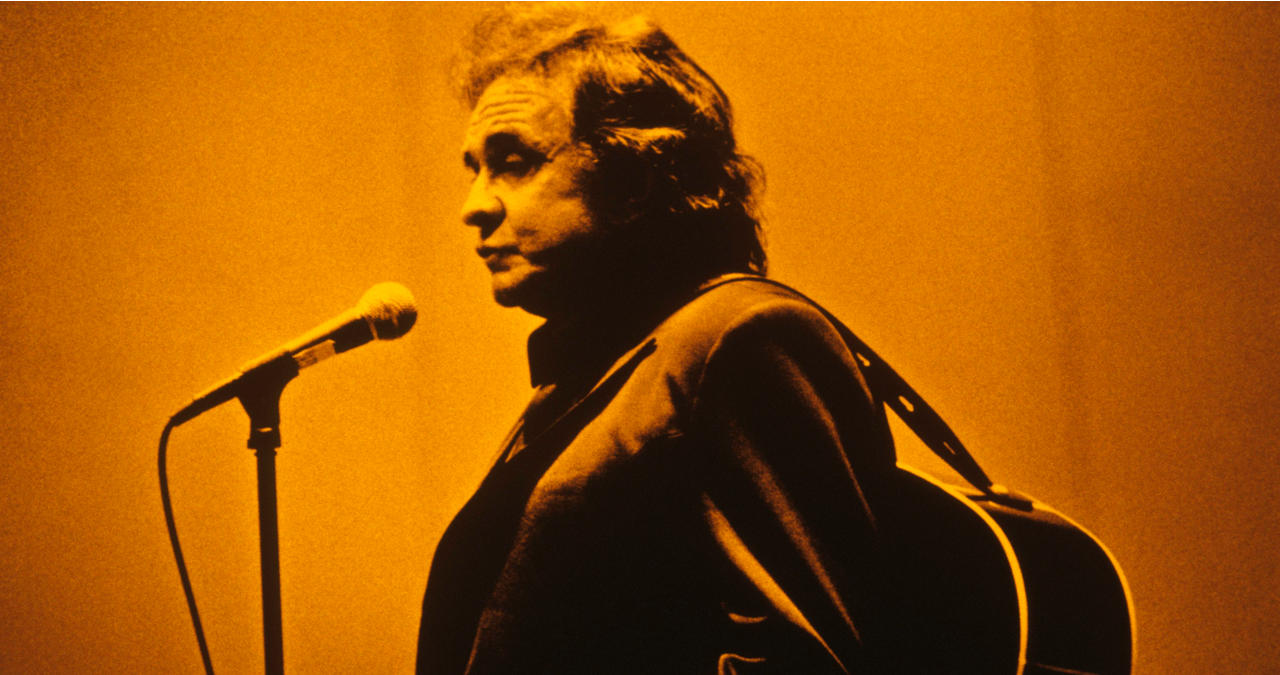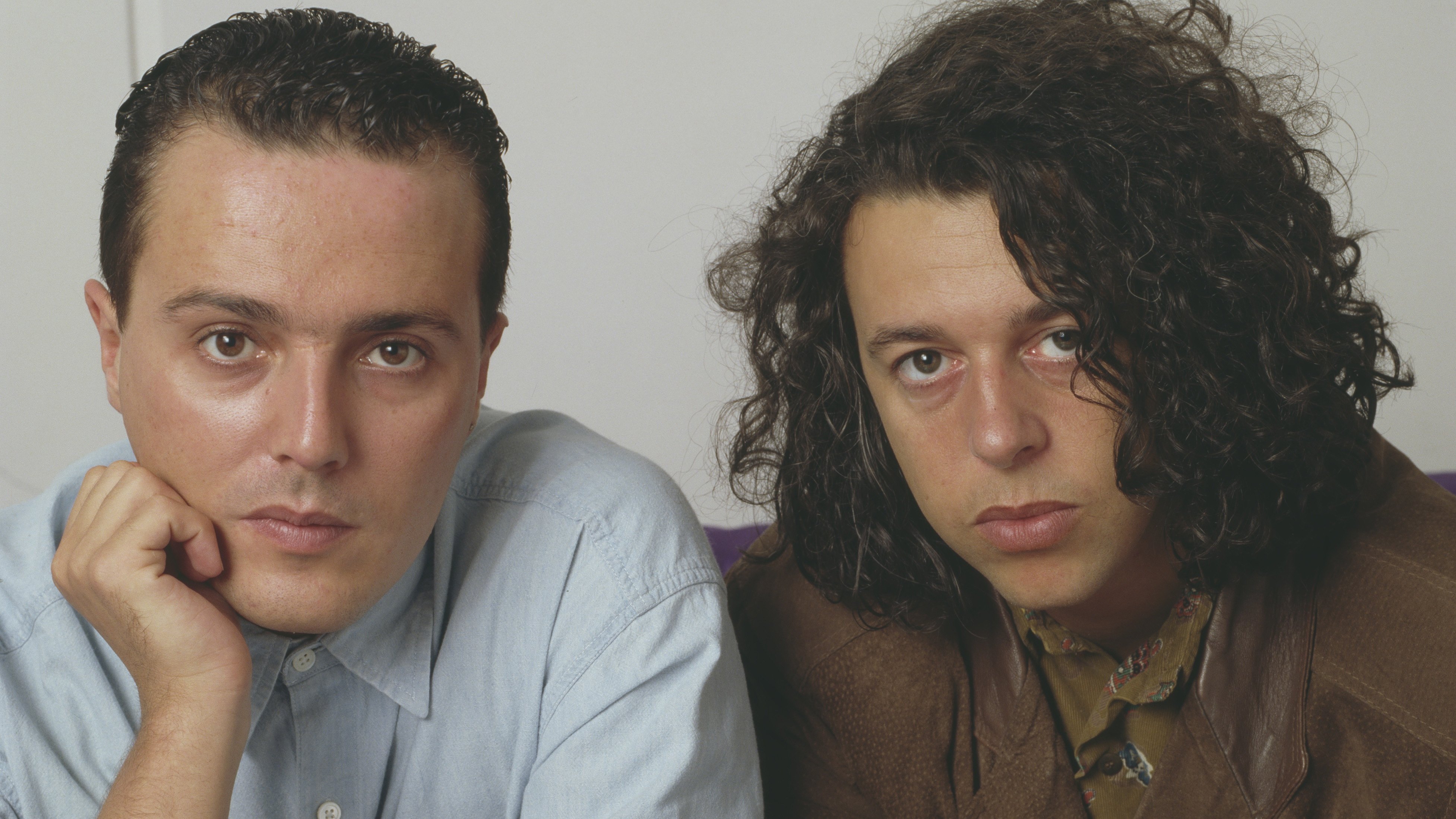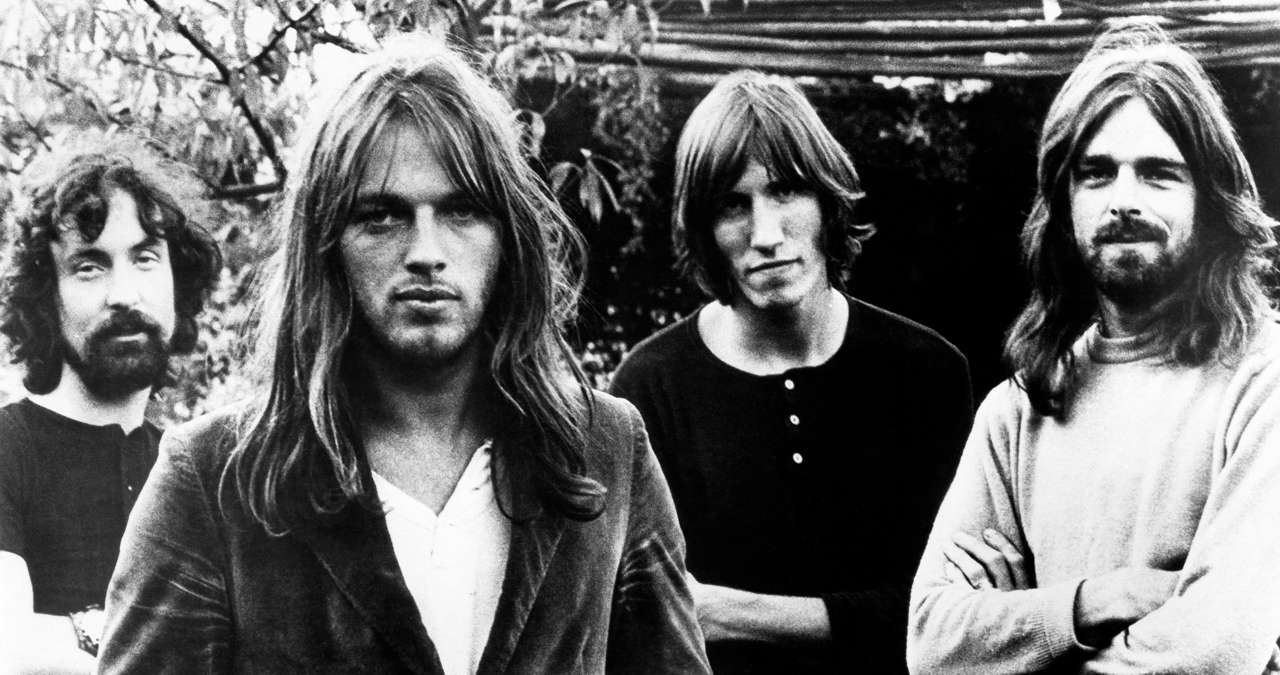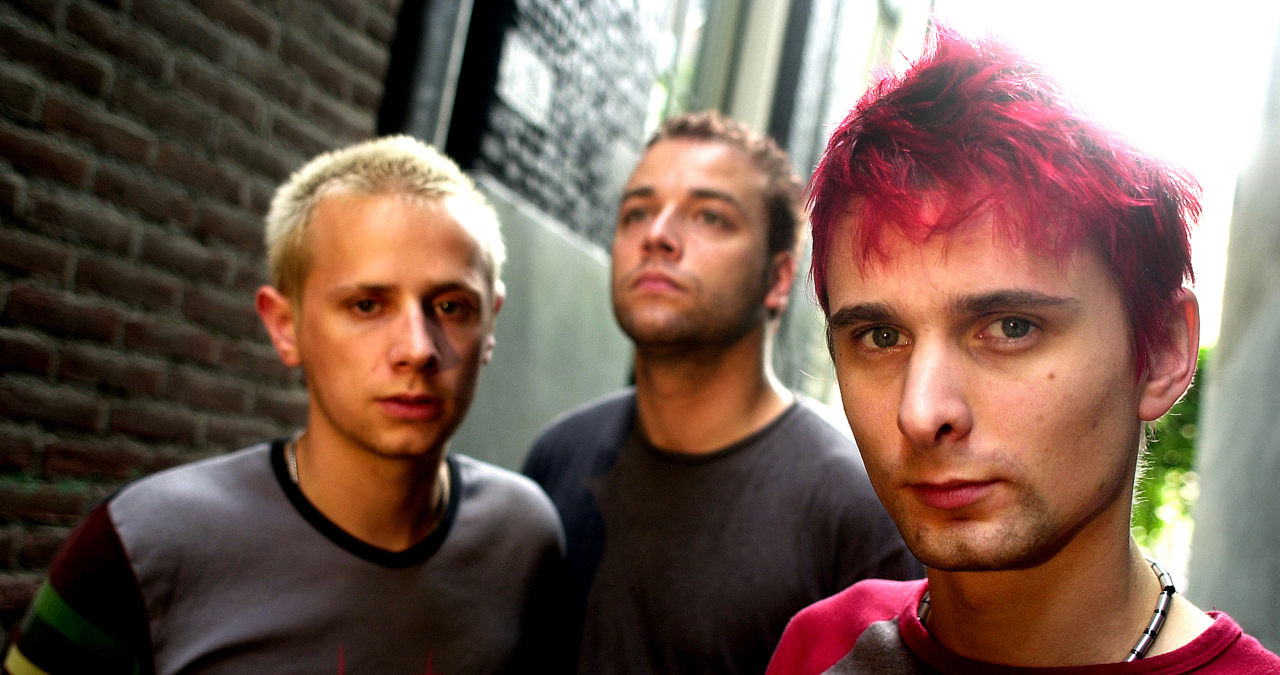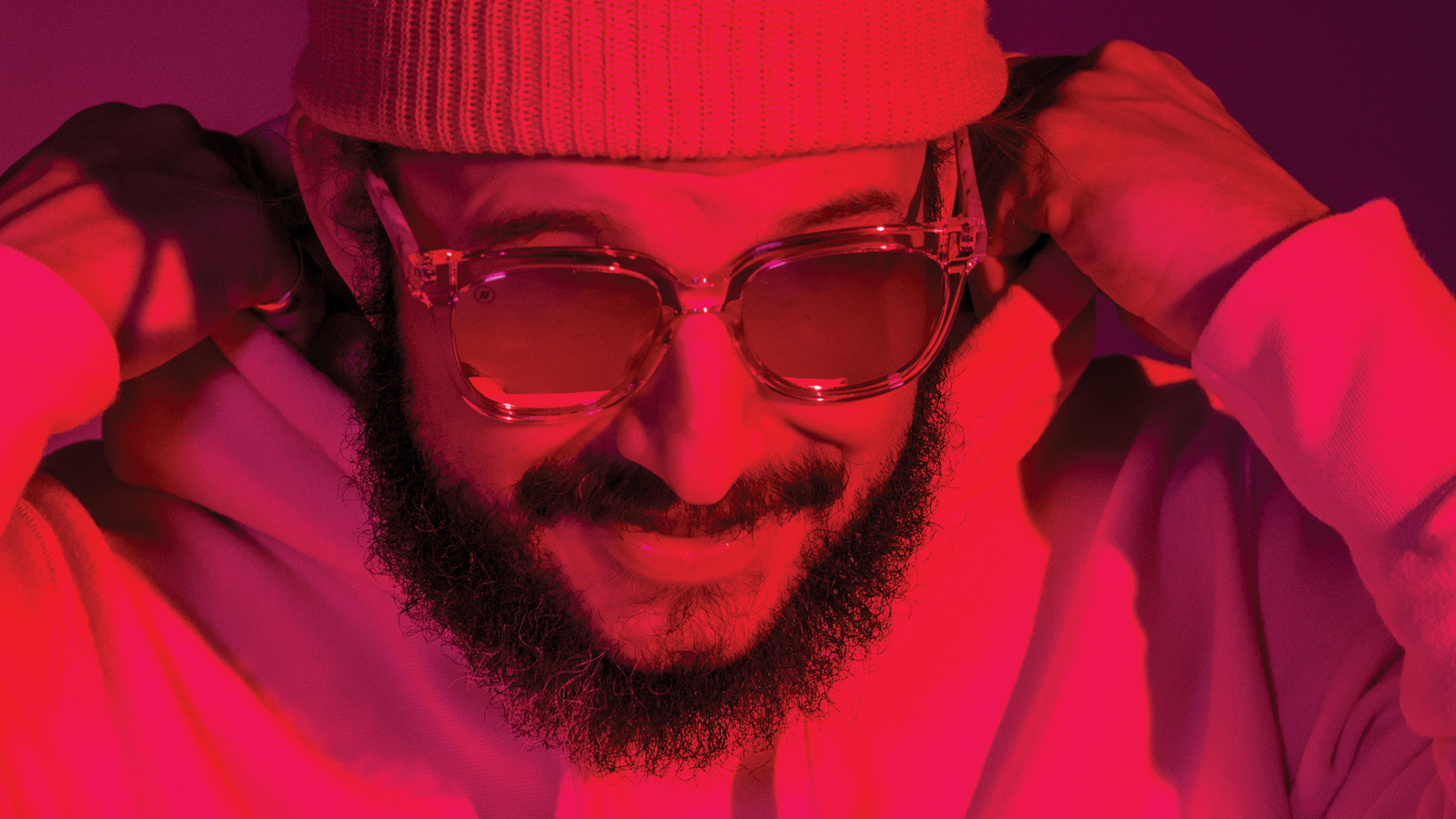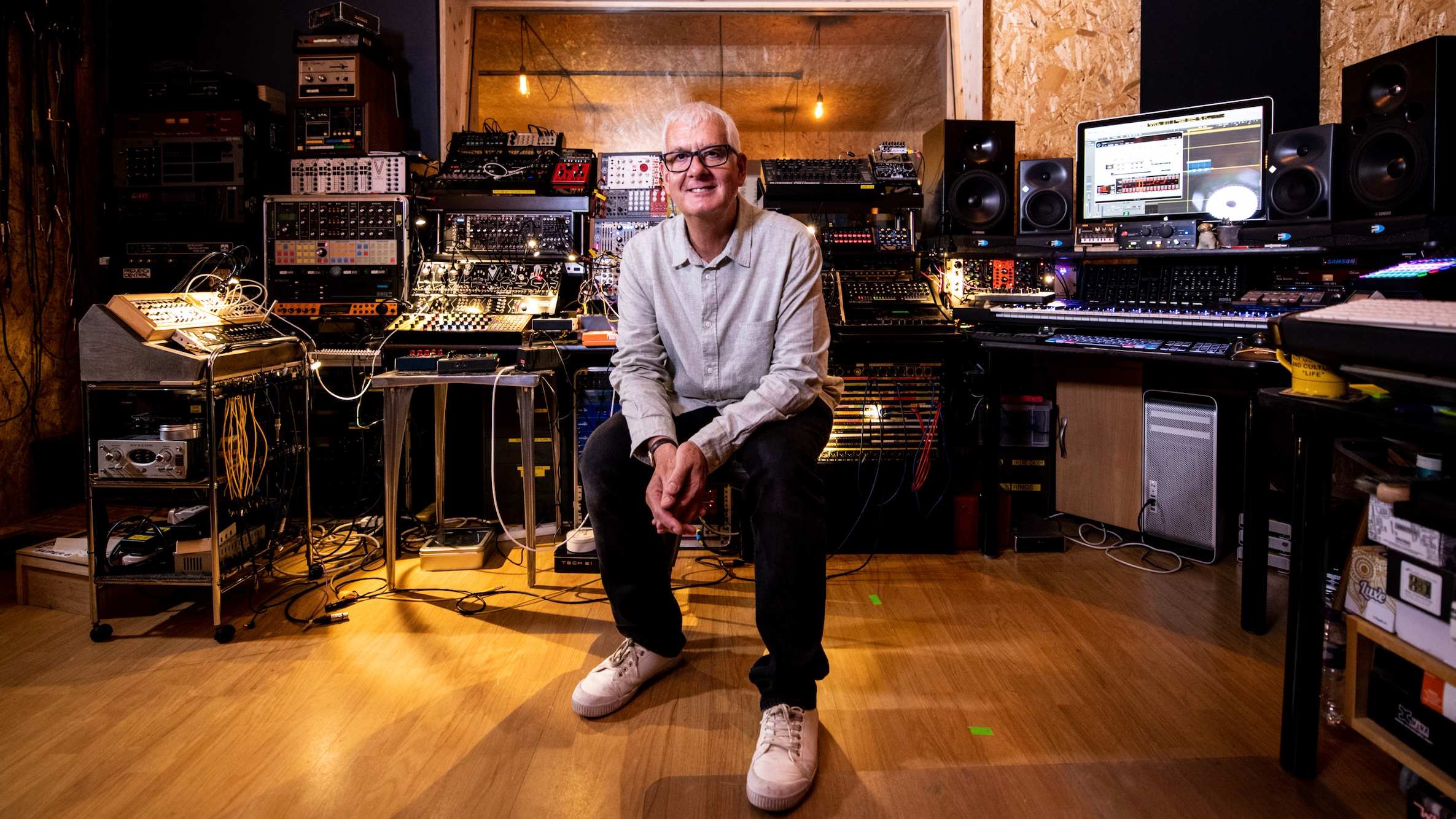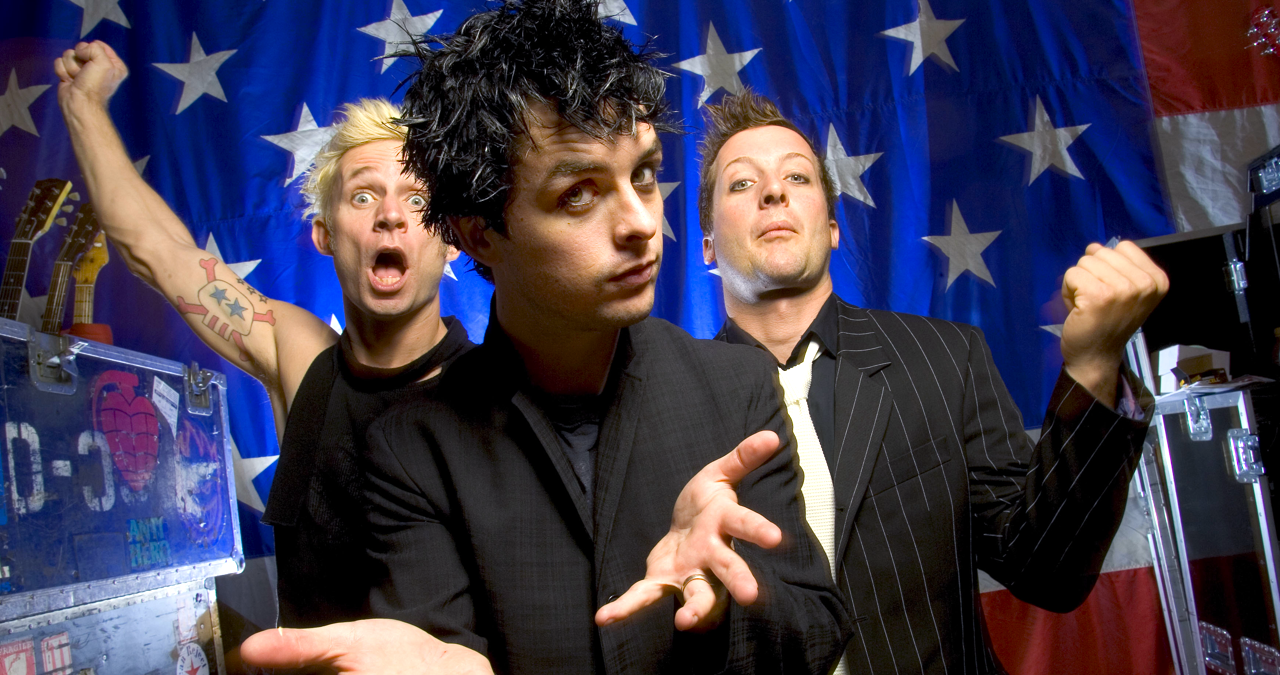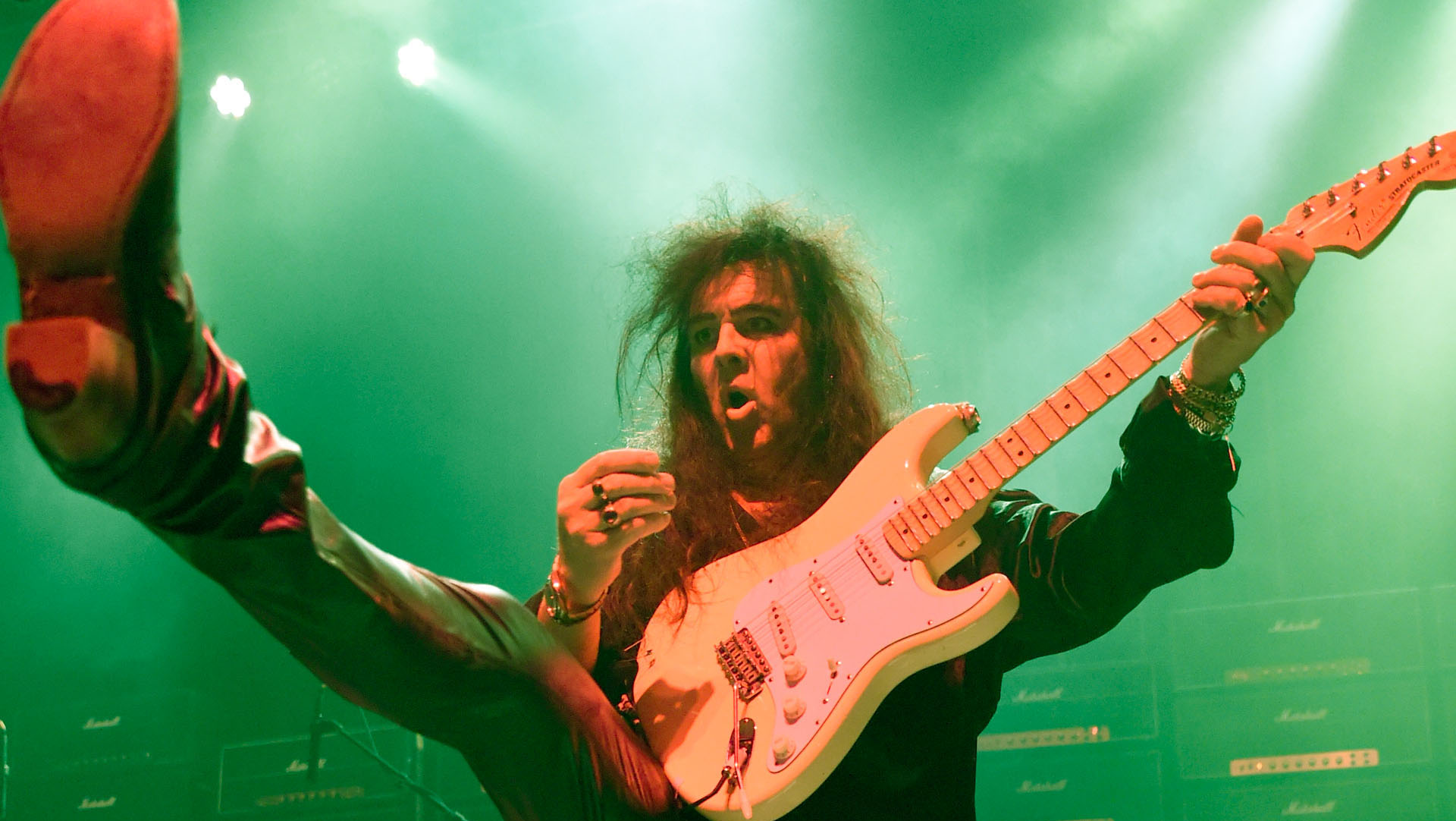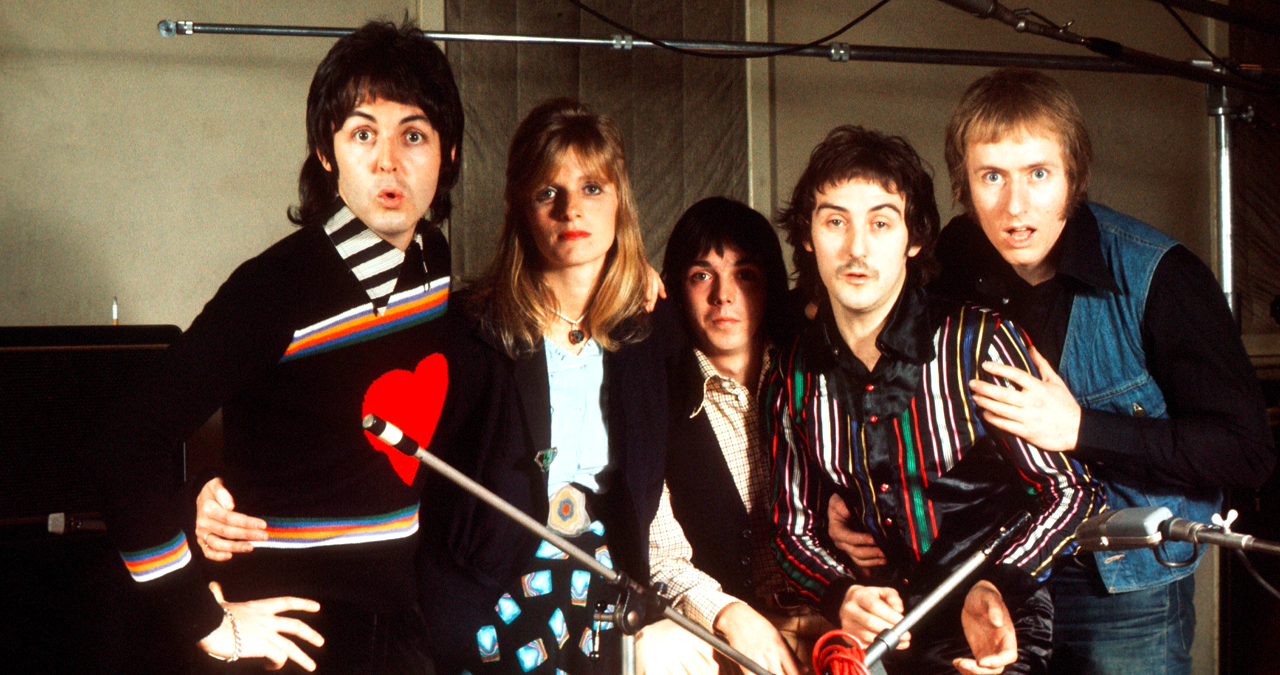“He ended up with a fully-fledged, pro studio - it just happened to have an engine and some wheels underneath”: David Gilmour, The Rolling Stones, Timbaland, Depeche Mode and more in nine of the weirdest recording studios ever built
Who needs a boring static building to record in when you can have one on wheels, on water or in a 'cheeky' Nando's?
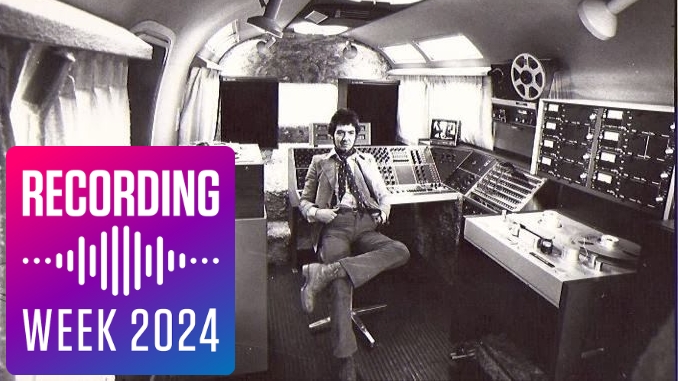
RECORDING WEEK 2024: Recording studios tend to be acoustically perfect, atmospherically or sonically sealed, and quiet environments for getting the best recorded take. They also tend to be non-moving and building-based. So why would you consider sticking one on a bus, another in a Nando's restaurant, or yet another on a 100-year old boat on the river Thames? Madness this way surely lies!
From wheels to fried chicken, here are some of the wackiest places that people have built the perfect imperfect places to record music.
1. Timbaland's Bus
The idea of setting up a recording studio on a bus is weird, obviously, especially if you are considering setting it up on one of those public transport-style busses complete with a driver and 1950s-garbed ticket collector.
It's perhaps not so weird if you have the kind of cash to splash as Timbaland obviously did back in 2010 when he decided to convert a bus (actually a luxury touring style coach, if we're honest) at a cost of $1.3million dollars.
He ended up with a fully-fledged, SSL-based pro studio that just happened to have an engine and some wheels underneath.
The studio was fitted out with some of the best gear of the time, including an SSL Matrix desk, a 24-in/24-out interface, and seven SSL XLogic X-Rack preamp, EQ and compressor modules.
Monitors came by way of Genelec and KRK, and there was even a gold-plated Neumann microphone - of course there was!
The studio had all of the other luxuries you might imagine, with multi-coloured strip lighting, gadgets and big TVs galore. It was actually one of the coolest vehicles you could possibly imagine, but we are talking about Timbaland here, so what did you expect?
Get the MusicRadar Newsletter
Want all the hottest music and gear news, reviews, deals, features and more, direct to your inbox? Sign up here.
The MMG (Mosley Music Group, Timbaland’s label) bus first hit the streets (literally) back in 2010, although it's not known whether it's still a-rocking, a-rolling and a-recording these days, but its SSL Matrix desk was reportedly sold in 2021.
We can only imagine that the yearly MOT was not only complicated but expensive, so it's probably unlikely that this is a bus you can still hitch a ride and record on these days, but here's a video tour of the vehicle from 2010 anyway.
2. LMS
Timbaland wasn't the first music maker to think that sticking wheels on a studio was a good idea. Previous to his bus, several mobile studios were trundling around the UK, used more obviously to record live events, but some so well spec'd that they became 'proper' recording venues in their own right.
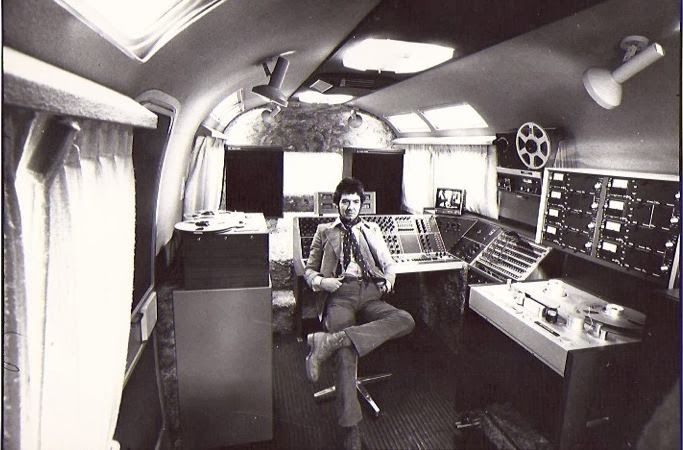
Ronnie Lane's Mobile Studio (LMS) was the Small Faces bassist and songwriter's mobile studio. It was created in 1972 using an America Airstream trailers most often seen camped in by very rich people at music festivals. Or used for the supplying the kebabs and chips at the self same events.
The curved structure of the trailer apparently helped reduce standing waves, making the vehicle excellent for recording bass, handy considering Lane's vocation.
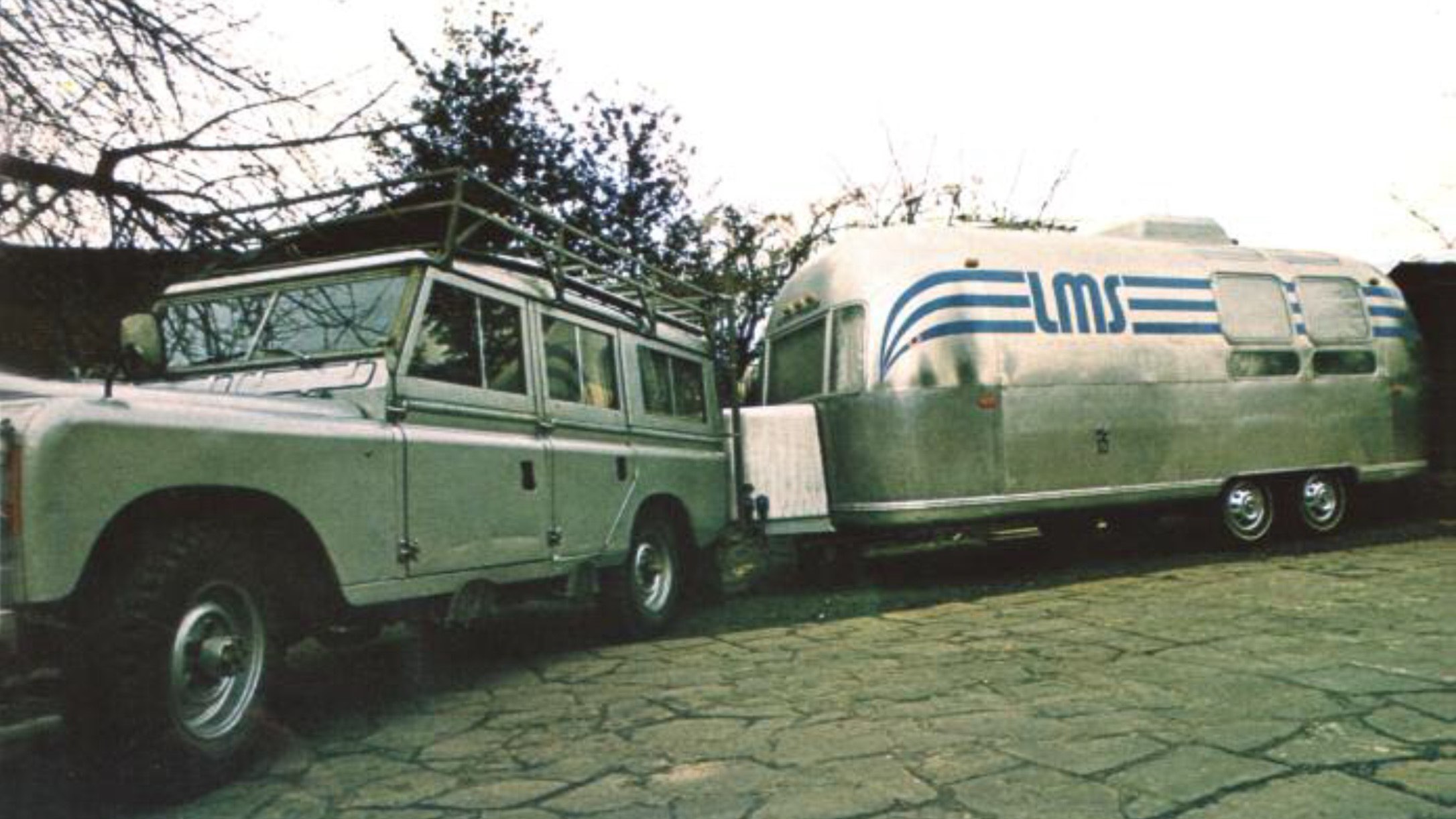
Producer/engineer Ron Nevison kitted out the mobile with a Helios desk, a Studer A80 8-track recorder (later upgraded to 16 tracks) and various bespoke pieces of outboard gear.
LMS was used to record Lane's Anymore for Anymore (1974) and One for the Road (1976) albums, but later attracted other (very) high profile musicians including Bob Marley, Marc Bolan, David Bowie, Eric Clapton, Rory Gallagher and The Who.
Lane subsequently sold the studio to Teddy Roffey the owner of Escape Studios in Kent in 1982. The studio was apparently overhauled in 2009 while owned by a company called LMS Vinyl, but now appears to be owned by Mark St John who is a collector of music memorabilia among other things, and can be seen with the studio in the background of this 2022 video.

You can also find our more information courtesy of The Music Locker here.
Or get the full LMS history here.
3. Mobile RAK
In 1974, TV talent finder Mickie Most was also getting in on the mobile studio action. His mobile RAK studio existed before he created his stationary, building-based RAK studios, a beautiful facility based near Regent's Park in London, which is still doing business and winning awards to this day.
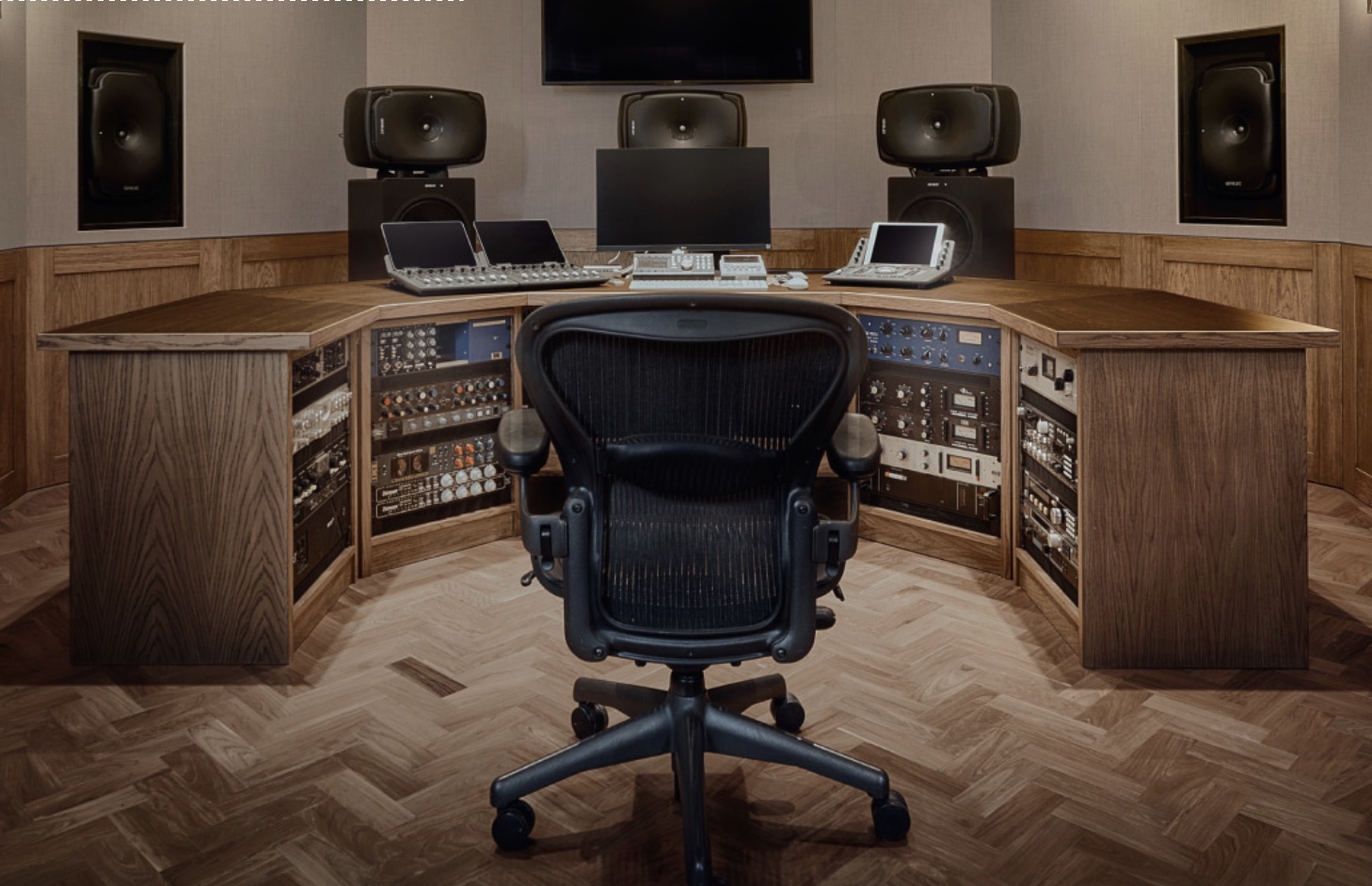
The mobile studio was mostly used by RAK along with TV clients including the BBC and Thames Television. However, as it was fitted out with an API desk, a couple of 3M multitrackers and decent outboard including, limiters, compressors, and an echo plate reverb, it eventually attracted artists into its fully air-conditioned environment including Hot Chocolate and Donovan, with the studio operated and engineered by Doug Hopkins and Tim Summerhayes.
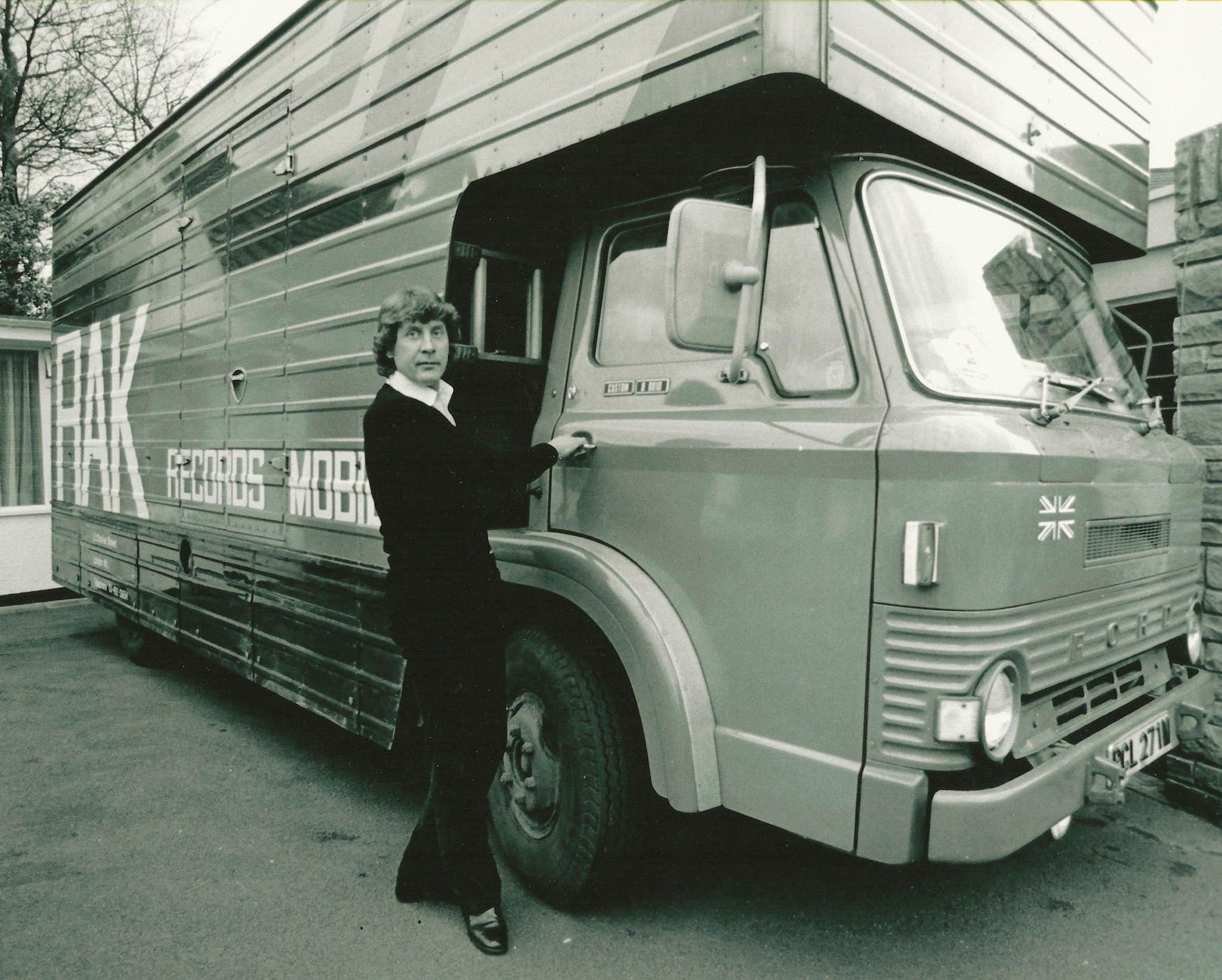
RAK Mobile's most notable recording, though, was one of the biggest tracks of the 1970s, Mull of Kintyre by Wings. Summerhayes was an assistant engineer on the recording, alongside Geoff Emerick explaining on Facebook that “we took the mobile to the farm a few days before the sessions and spent some time preparing the control room and recording room. We'd unload the equipment and carry them in a wheelbarrow to an improvised control room supervised by Geoff.”
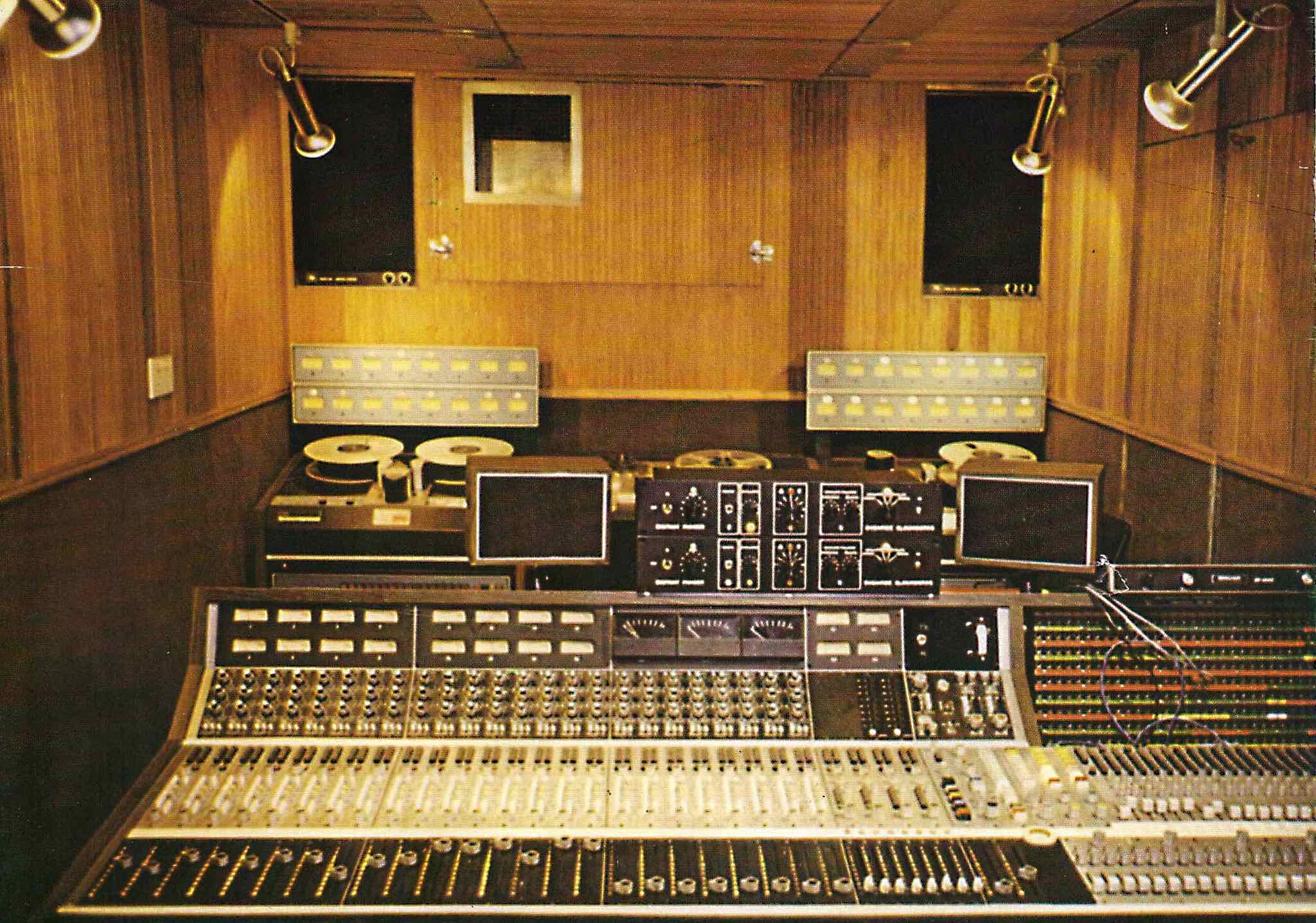
But as important as that particular mobile recording studio was in the history of music, it didn't get a mention in the finished song. But our next entry most certainly did…
4. RMS
Yes, as famous as LMS and RAK's mobiles certainly were, they don't get the lyrical shout out quite like the Rolling Stones Mobile Recording Studio does, so this takes our 'top recording studio with wheels' award.
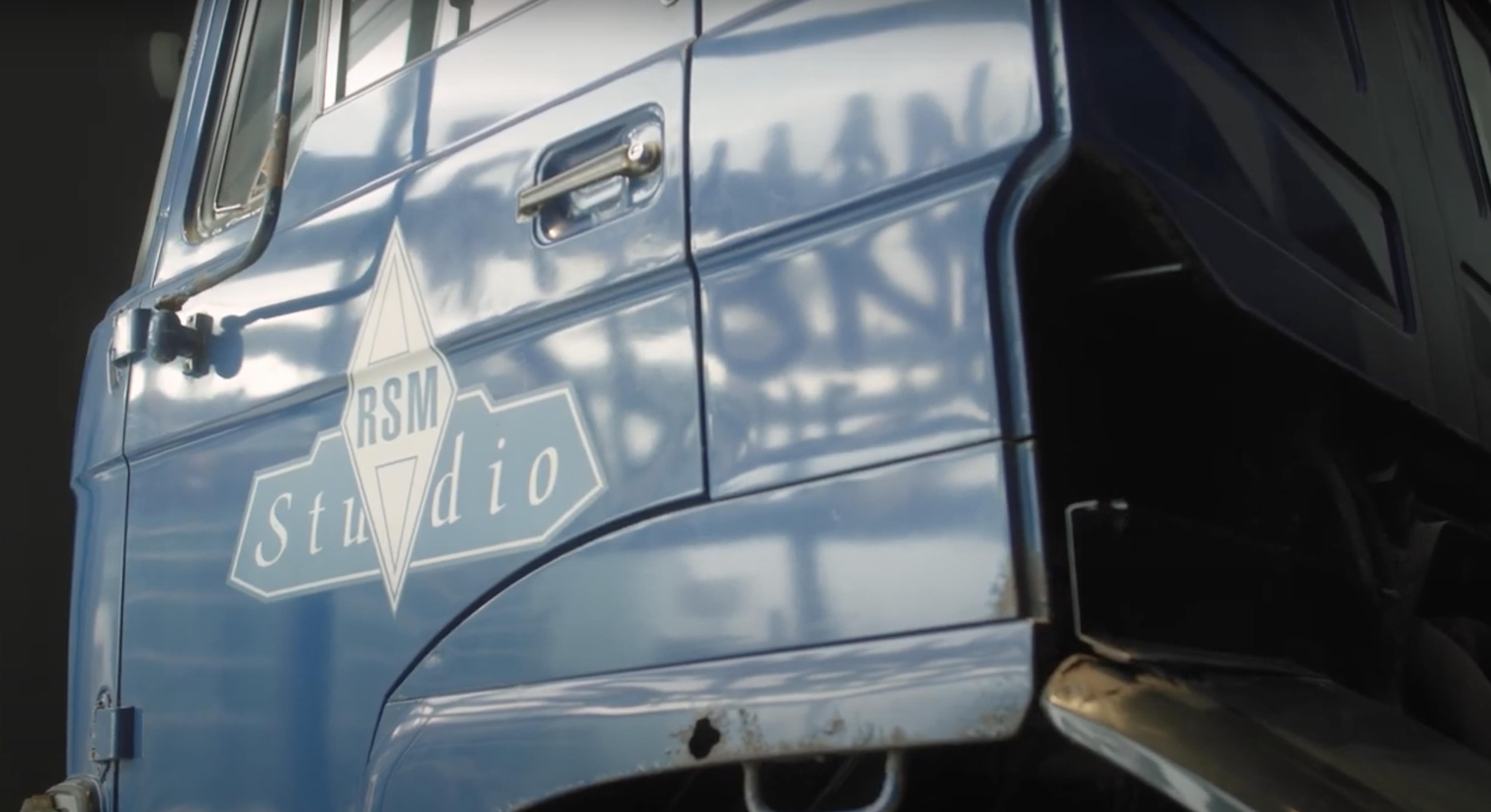
Rolling Stones Mobile Recording Studio, or RSM, was created in 1968 and so was the first mobile studio of its kind. It was essentially designed to be a wheely version of the Stones' favourite studio, Olympic, so featured top end gear like a 3M M79 tape machine (itself costing half a million dollars in today's money), and a custom built Helios desk.
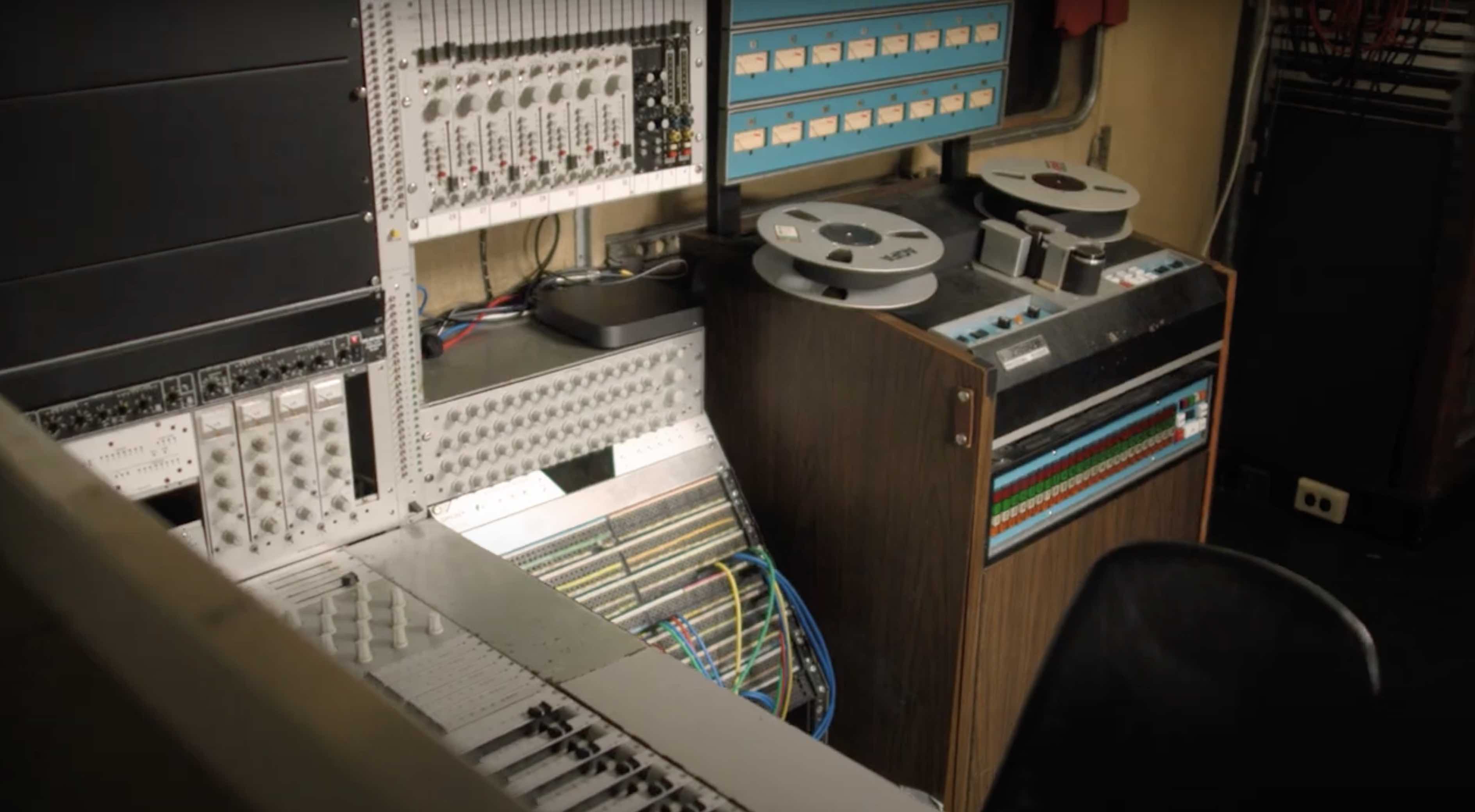
The Stones recorded 1971's Sticky Fingers and 1972's Exile On Main St in the truck, but also let it out to other acts including Led Zeppelin, Deep Purple, Bob Marley, The Who and Black Sabbath.
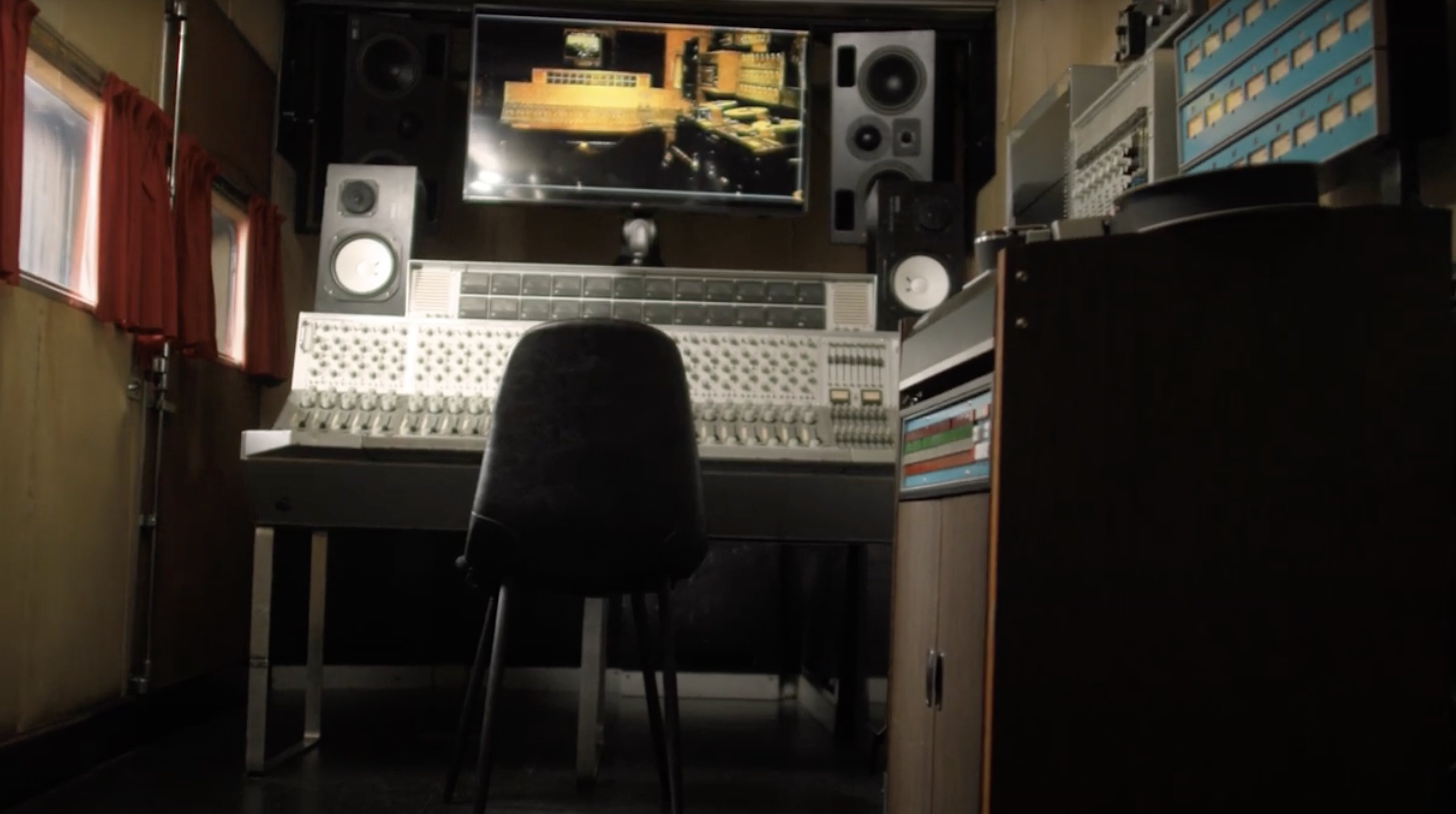
Deep Purple are the notable names here, as they immortalised the studio on the iconic Smoke on the Water, which includes the lines 'to make records with a mobile' and 'The Rolling truck Stones thing just outside'.
Beat that RAK and LMS!
5. Churches
Next up, there are a surprising number of recording studios located in churches around the world, and why not, when you consider the inspiring atmosphere, the wonderful – if possibly over-the-top – acoustics and the fact that most are empty a lot of the time bar Sundays. Might as well stick some mics up and get some atmosphere recorded, right?
Famous ex recording studio-based churches include Blackwing Studios in London, which was part of a church known as All Hallows. This was a studio created by engineering genius Eric Radcliffe and became the location in which many seminal Mute Records albums were recorded. These included not only Depeche Mode's debut, Speak & Spell, but – and because it was based on the first floor of the building – the aptly-named Upstairs at Eric's debut long player from Yazoo.
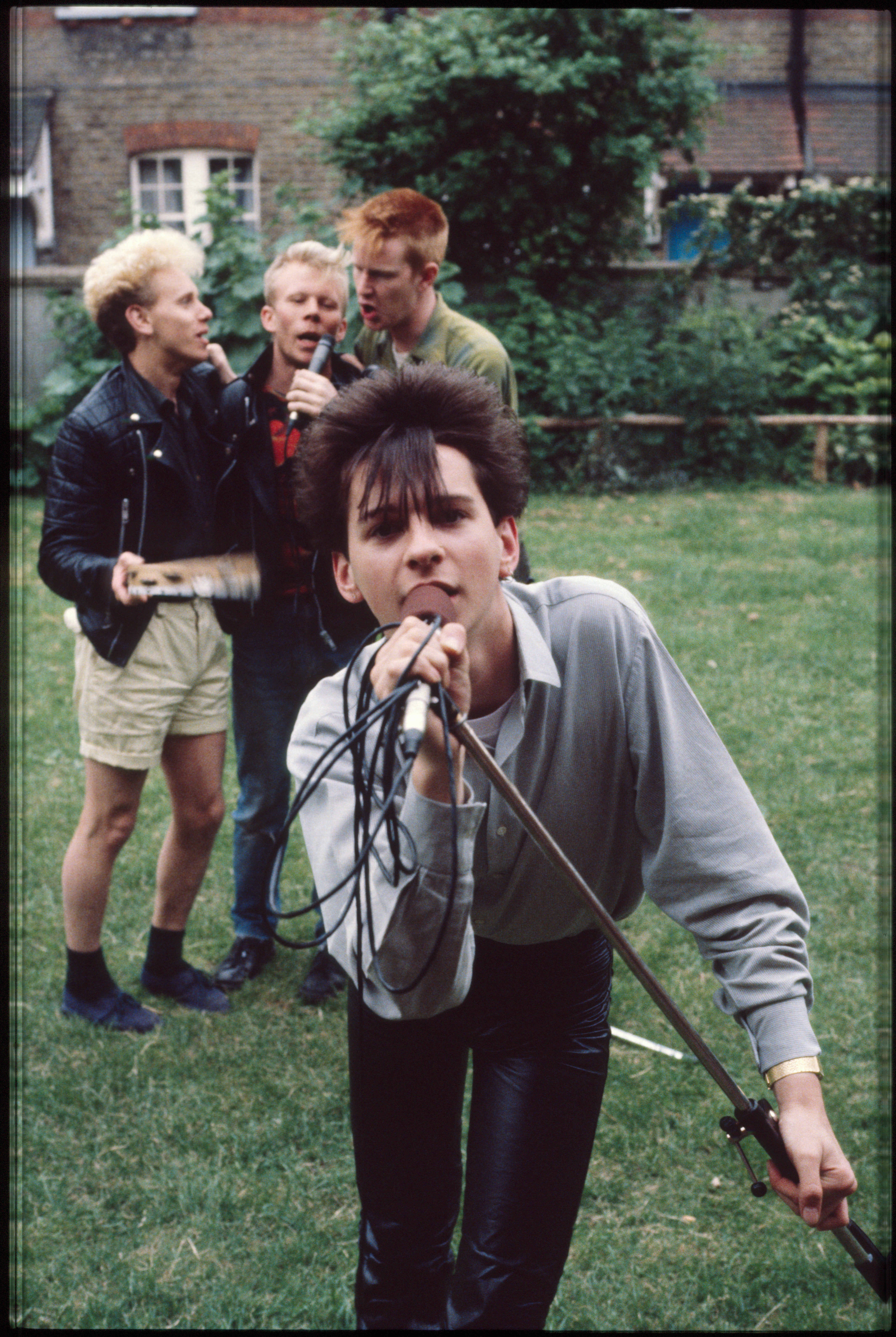
The studio building is still there, as is the church garden, but it closed for recording business in 2001. Rumours suggest it might be being turned into flats - grrr.
Currently you can hire hire several holy (or ex holy) spaces to record in across the globe should you wish, including the south Wales-based StudiOwz (based in a converted chapel), The Nave in Leeds or, among many in the States, The Church studios in Palm Springs and The Church Studio in Tulsa.
However, to our minds, the holiest of holy studios – and also rather aptly called The Church Studio – is based in London, it was opened by The Eurythmics in 1984.
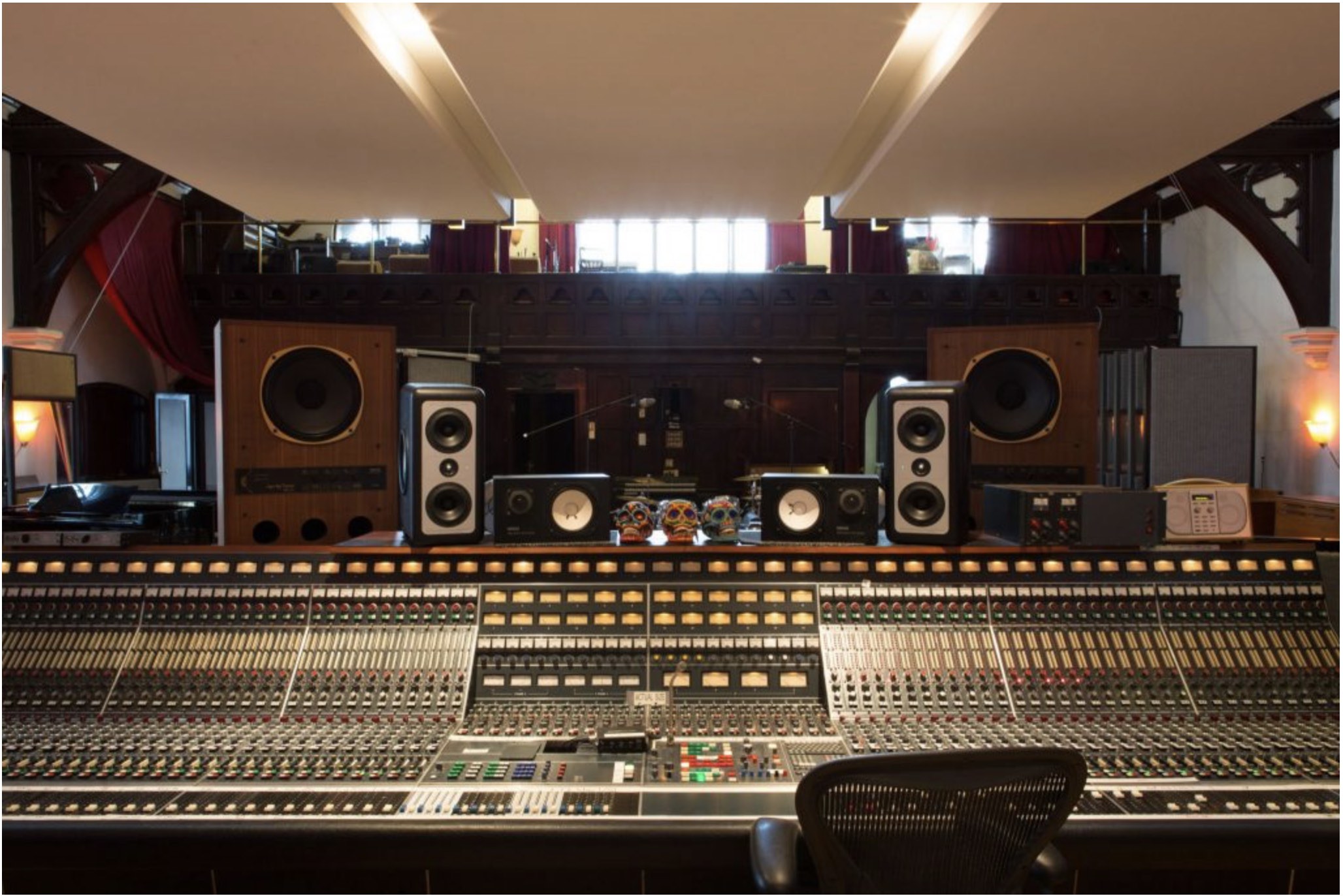
Check out Annie Lennox being interviewed in the studio here. She plays the organ, sings in it and everything…
The Church's 40-year plus studio history includes a period when it was owned by singer-songwriter David Gray, but producer Paul Epworth brought the studio up to speed in 2013, adding a 72-channel vintage EMI/Neve console and eventually recording artists including Adele at the facility.
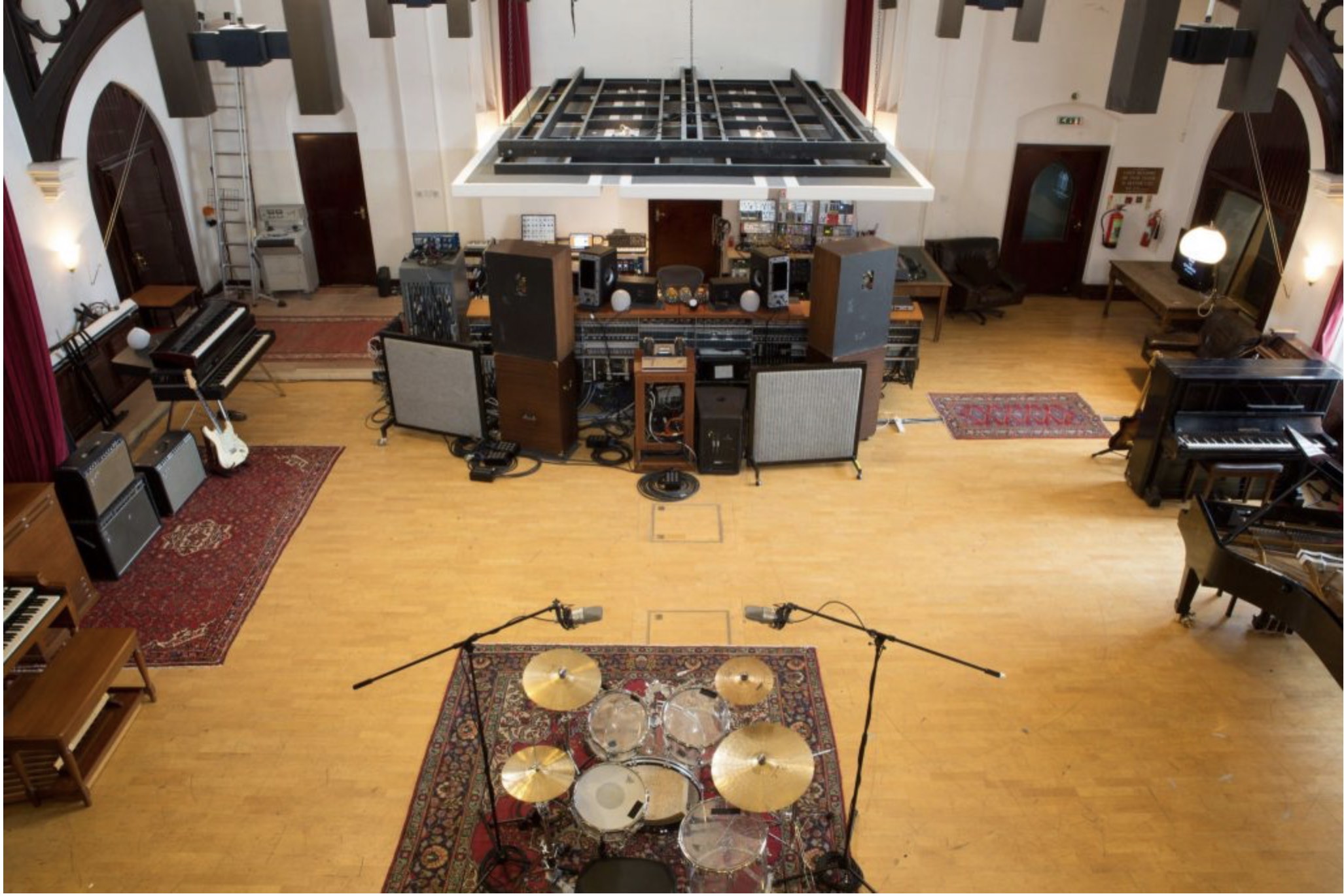
Other artists who have recorded there include Blur, Pet Shop Boys, The Kills and Bombay Bicycle Club.
6. Boats
Believe it or not, along with wheeled-based transport, boats have also been considered and actually used as mobile options for recording studios.
Before he turned his attention to the initially much more practical (but actually not as it ended up) location of Montserrat for a recording studio, George Martin considered a 160-foot boat to fit a studio out in. His thinking was that it would be a lovely isolated studio, probably away from all of those pesky Beatles fans who were already covering the walls of Abbey Road with hearts at the time.
Common sense prevailed and Martin opted for what seemed like a safer, quieter and certainly warmer bet of the island of Montserrat for his next studio venture. Unfortunately, maybe that boat would have been a better option as two god-like forces of nature in the forms of a hurricane and volcano would eventually close his studio, albeit after he'd produced some iconic recordings there.
One person not to spot the disadvantages of boat-based recording was Pink Floyd's David Gilmour. In 1986, he bought a 1912 houseboat - although it was more 'block of flats' boat, to be honest - called the Astoria. Gilmour and Nick Mason recorded Floyd’s A Momentary Lapse of Reason there. Future Gilmour solo albums like On an Island and Rattle That Lock were also recorded on the boat.

“I got it on a mad whim really,” Gilmour says on Pink Floyd's YouTube channel. “Eventually the idea came that we could make a recording studio out of it. When you've spent your life in recording studios where there are darkened windowless rooms, to be in a place like that [the boat] where it's all glass, all windows and you've got the beautiful river flowing outside… It still is a magical place to work.”
The boat has been recently refitted and is still used by Gilmour – you can find out more in this video.
7. Nando's
Finally, you won't believe our last 'out there' recording location… It's none other than a Nandos restaurant. The famous restaurant chain is famous for its spicy chicken-based and good value dishes (yes, we want a discount!) but perhaps not for its musical output. That might well change thanks to the studio based in the basement of its Soho branch.
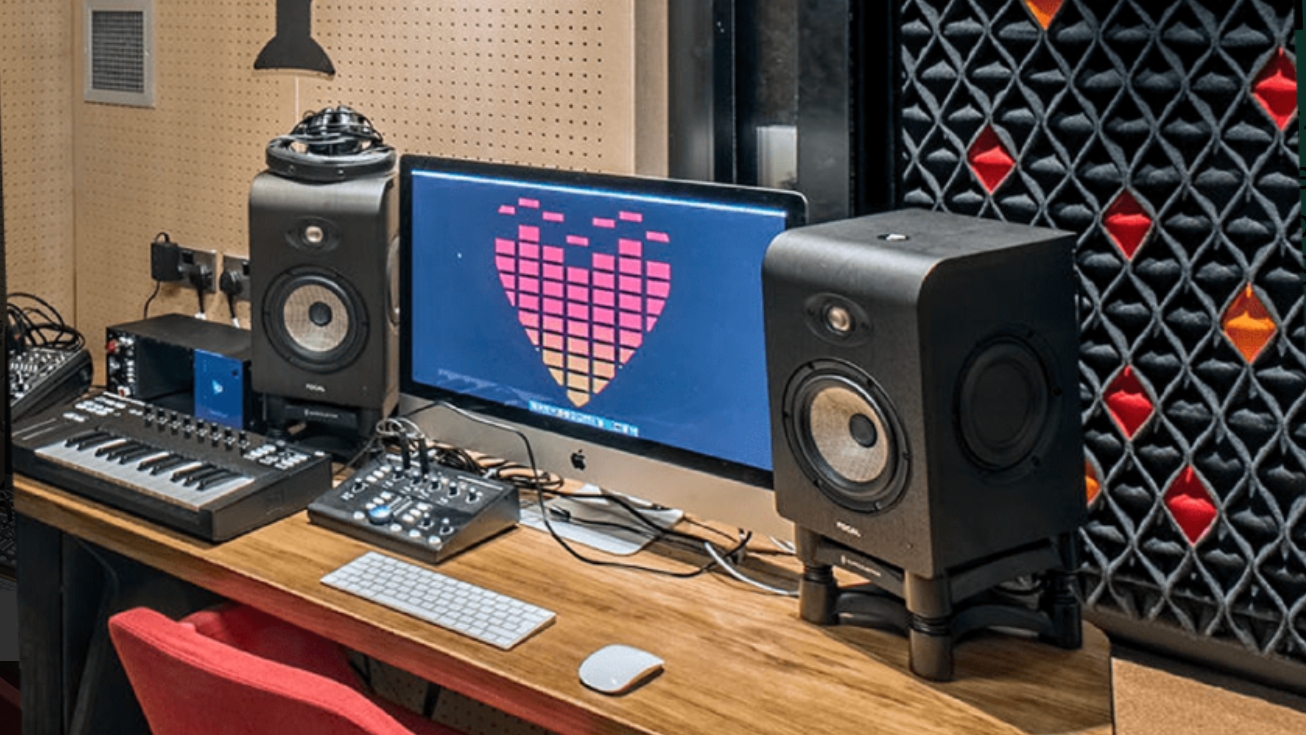
“All the best ideas start over PERi-PERi (or so we heard),” the chain said in 2018 when they opened the studio. “That’s why we’ve brought together two of our favourite things – chicken and tunes – for our first ever restaurant recording studio.”
We're not sure we quite understand the connection they're making there, but we like chicken and tunes too, so we're going with it.
Apparently the studio has been quite the success. It's free – but you don't get a sharing platter, which would be good – to the point where bookings seem to have ceased. We love the idea, though, and look forward to inevitable copycat ventures like McDonald's Music, Toby Carvery's Tunes and, of course, Burger King's Bangers.
• Get more recording stories and features at Recording Week 2024 here!
Andy has been writing about music production and technology for 30 years having started out on Music Technology magazine back in 1992. He has edited the magazines Future Music, Keyboard Review, MusicTech and Computer Music, which he helped launch back in 1998. He owns way too many synthesizers.

